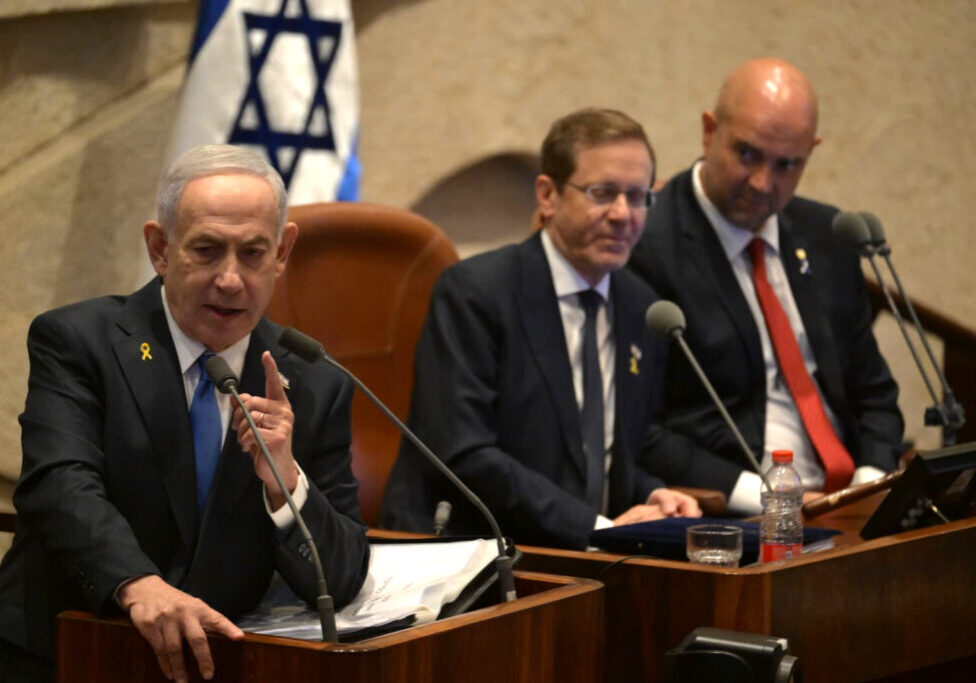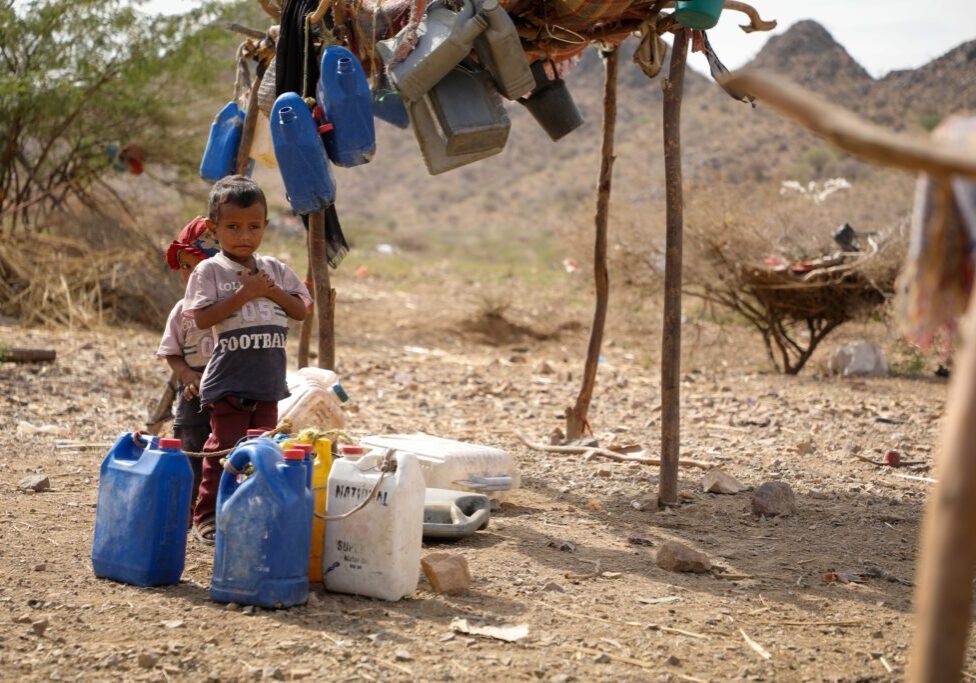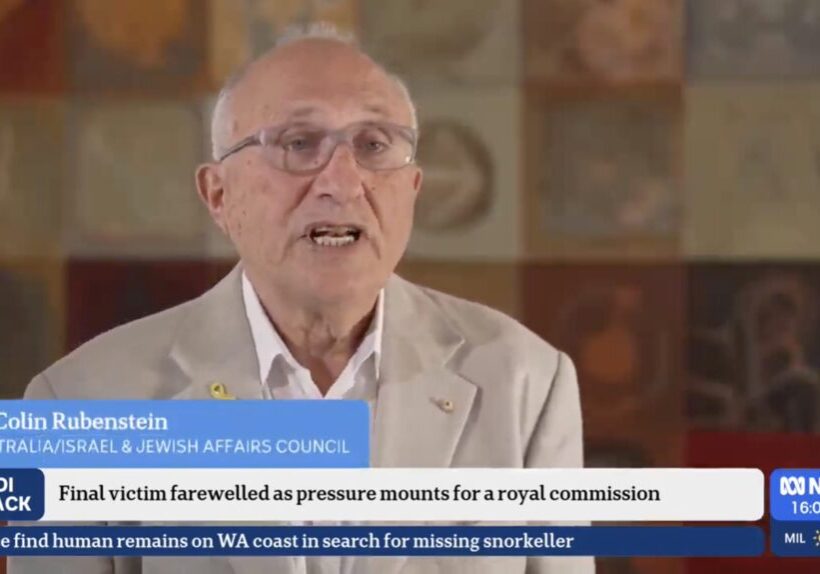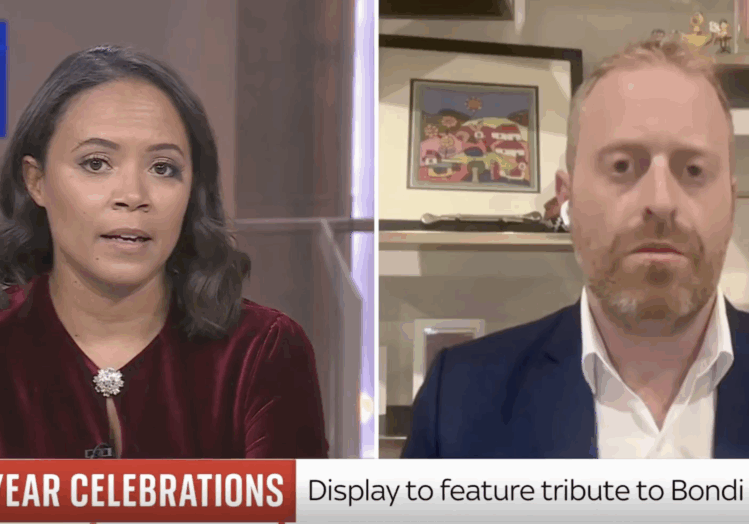FRESH AIR
UPDATES
ABC crosses the line on settlements again
January 27, 2017 | Ahron Shapiro

Over the course of several years, I’ve blogged on several occasions about how the Australian media has exaggerated on a variety of issue related to Israeli settlements in the West Bank (see here, here and here).
Now, the ABC has provided some classic examples of such distortion with recent stories and an analysis piece that appeared on their website in recent days.
On January 25, a news item ABC adapted from Reuters claimed:
Most of the construction, [the Israeli Defence Ministry’s press release said], would be in existing settlement blocs that Israel intends to keep under any future peace agreement with the Palestinians.
However, a breakdown provided by the Prime Minister’s office showed large portions of the planned homes would be outside existing blocs.
The insinuation by the ABC that the Israeli government was lying when it said that most of the construction would be within settlement blocs does not stand up to even cursory factual scrutiny. When you look at the actual figures, only 4.41 percent of the housing units covered by the announcement are earmarked for settlements outside settlement blocs.
Less than five percent doesn’t represent “large portions” by anyone’s standards.
How does AIJAC come to this figure? Simple – by checking the facts.
As the Jerusalem Post reported:
Most of the new units will be inside the major settlement blocs, with Liberman saying that only 106 are outside the blocs. Twenty of the units are to be built in Beit El, northeast of Jerusalem.
Of the 2,500 units, just under half are existing projects that will now be advanced, and the others are in the early stages of authorization.
The largest number of units, 902, will be built in Ariel.
Ma’aleh Adumim is to get 112 units; Givat Ze’ev will get 652 of which ; Oranit, 154; Alfei Menashe, 78; Efrat, 21; Elkana, 18, Betar Illit, 87; and four in Gush Etzion.
In addition, 86 units are earmarked for settlements in the Binyamin regional council, and 385 for settlements in the Shomron regional council.
What accounts for the 106 units outside the blocs? Ha’aretz (subscription required) clarified that the 86 units in the Binyamin regional council would be allotted to Kochav Ya’akov – which is not inside a settlement bloc. Add those to the 20 in Beit El and you come up with 106.
If you add up the numbers cited in the Jerusalem Post and Ha’aretz articles, you get 2,551 total units. One hundred and six is just 4.41 percent of 2,551.
But even that’s not the whole story. What is the reason given by the Defence Ministry for building 106 units in Beit El and Kochav Ya’akov at all? According to the Times of Israel, the houses in Kohav Ya’akov are earmarked for the former settlers of Migron, who were evacuated in 2012 and have been living in limbo nearby since then. (See this recent Ynet story about these settlers.)
Meanwhile, the 20 units at Beit El are meant to replace the houses that were removed from the Ulpana neighbourhood of Beit El in 2015.
So, these “new” units outside of the settlement blocs are only replacing other houses outside the settlement blocs that had been removed when it was determined by the High Court that they had been built on private Palestinian land. They aren’t bringing new settlers to these areas at all, but simply giving displaced settlers different homes within existing settlements.
This is an important distinction that was not explained in the ABC report. On the contrary – the ABC report implied that Israel was looking to substantially expand settlements outside the settlement blocs. There is nothing in this announcement to support this – in fact, this announcement will apparently lead to no net increase in the number of settlers outside the blocs at all, because all housing outside such blocs is simply replacement housing for displaced settlers who already live outside the blocs.
Meanwhile, Wednesday’s article links back to an “analysis” piece by ABC’s Chief Foreign Correspondent Phillip Williams with the short headline ‘Two state solution’ becoming fiction”
Williams wrote the analysis two days earlier, shortly after Israel had announced approvals for the construction of 560 housing units in Jewish neighbourhoods in east Jerusalem.
The ABC teaser for Williams’ story is that “Many took the permits granted for 560 units to be built in three areas of East Jerusalem as further evidence the ‘two state solution’ is drifting towards fiction”, yet the only person he quotes in his analysis is Palestinian Authority Executive Committee member and public relations point-woman Hanan Ashrawi.
Ashrawi told Williams she was particularly outraged by announced construction in “Ramat Eshkol [sic – she meant Ramat Shlomo] and Ramot”.
She told Williams:
[This] would entirely surround East Jerusalem, which is occupied Palestinian Territory and would cut it off from the rest of its Palestinian environment, and would bisect the West Bank and therefore prevent the establishment of a territorially contiguous or even viable Palestinian state.
If Williams made any attempt to fact-check Ashrawi’s allegation before essentially endorsing it in his “analysis”, there is no evidence of it.
Had Williams done a little research, however, he would have realised Ashrawi’s claim was contradicting previous understandings, in addition to the fact that it makes little sense on its merits. According to the UK’s Guardian, during closed-door negotiations in May 2008, Palestinian negotiators Saeb Erekat and Abu Ala green-lighted Ramat Shlomo and Ramot as neighbourhoods Israel could keep through land swaps in a future peace agreement. Incidentally, in the same meeting, they also told Israeli negotiators they could also keep Pisgat Ze’ev – the other neighbourhood involved in the January 23 announcement.
Ashrawi’s claim that any of these neighbourhoods “entirely surround” east Jerusalem” is false. The three areas in question are long-existent Jewish neighbourhoods, two of which (in fact the two which Ashrawi specifically made reference to) are literally right across the 1967 border and completely contiguous with pre-1967 Jewish west Jerusalem. Moreover, even the Palestinian Authority has conceded during previous negotiations that they are no barrier to the establishment of a Palestinian capital in east Jerusalem.
As the accompanying graphic illustrates, a contiguous string of Arab neighbourhoods exists from the Muslim Quarter of the Old City straight to Ramallah, and no amount of construction in Ramot, Ramat Shlomo (or Ramat Eshkol!) or Pisgat Ze’ev would change that.

Ashrawi would no doubt be aware that her associates had negotiated land swaps with the understanding that these neighbourhoods are not an obstacle to a Palestinian state. So the question Williams should be asking himself is not why Israel is building in these neighbourhoods, but why Ashrawi and the PA are doing everything within their power to promote a false narrative that Israel is making a two-state outcome impossible.
That would truly be an analysis worth reading.
Ahron Shapiro
Note: Phillip Williams did not respond to my tweet pointing out the Guardian article which contradicted the Ashrawi narrative that formed the basis for Williams’ analysis.
Tags: Israel
RELATED ARTICLES

Parameters of a Royal Commission will be crucial: Joel Burnie on Sky News






















